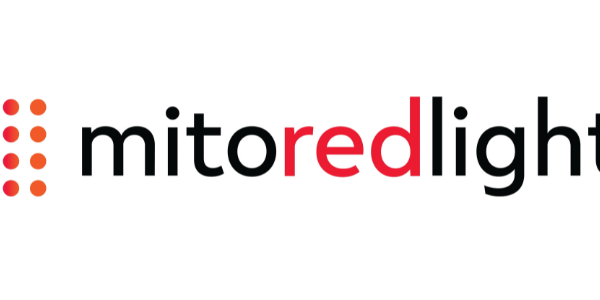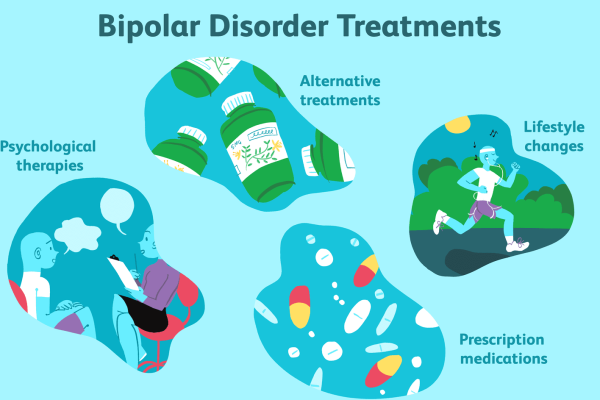In the world of wellness and biohacking, few treatments have generated as much excitement as red light therapy. From athletes seeking faster recovery to individuals looking to improve skin health and energy levels, this non-invasive approach is praised for its wide range of benefits. At the center of its effectiveness is something remarkable: the mitochondria, often called the powerhouse of the cell. Let’s explore how red light therapy devices harness light to supercharge our cellular energy and transform overall health.
Understanding Red Light Therapy
Red light therapy involves exposing the body to low levels of red or near-infrared light. Unlike ultraviolet (UV) rays, which can damage the skin, red light penetrates safely and deeply into tissues. Specialized red light therapy devices—from handheld panels to full-body beds—emit wavelengths typically in the range of 600–1000 nanometers. These wavelengths are uniquely suited to stimulate biological processes within our cells.
Originally studied by NASA to help astronauts maintain muscle mass and heal wounds in space, red light therapy has since found mainstream applications in skincare, sports medicine, and wellness centers worldwide. But its real magic lies at the cellular level—specifically, in how it interacts with mitochondria.
Mitochondria: The Cell’s Energy Generator
Mitochondria play a vital role in nearly every aspect of our health. They generate adenosine triphosphate (ATP), the primary energy currency of the cell. Every heartbeat, breath, and muscle movement depends on this energy production. When mitochondria work efficiently, our bodies feel energized and resilient. Conversely, when they’re impaired, we experience fatigue, slower recovery, and even chronic disease.
This is where the benefits of red light therapy shine brightest.
How Red Light Therapy Supports Mitochondrial Health
Research shows that red light therapy devices can help mitochondria produce more ATP. Here’s how it works:
- Light Absorption by Cytochrome c Oxidase (CCO):
Within the mitochondria, an enzyme called cytochrome c oxidase plays a key role in ATP synthesis. Red and near-infrared light are absorbed by this enzyme, which helps reduce oxidative stress and improve electron transport. - Increased ATP Production:
By enhancing the efficiency of the mitochondrial respiratory chain, cells produce more ATP. This boost in cellular energy supports tissue repair, reduces inflammation, and accelerates recovery. - Reduction of Oxidative Stress:
Red light therapy also stimulates the production of antioxidant enzymes. These neutralize excess free radicals, protecting mitochondria from damage. - Cell Signaling Benefits:
Beyond energy production, red light triggers beneficial cellular signaling pathways that promote healing and reduce inflammation.
Together, these mechanisms illustrate why red light therapy is often referred to as “charging your cells with light.”
Real-World Benefits of Red Light Therapy
The science around mitochondria helps explain why people report feeling revitalized after regular sessions with red light therapy devices. Let’s look at some key areas where these cellular effects translate into real-world benefits:
- Enhanced Muscle Recovery:
Athletes and fitness enthusiasts use red light therapy to reduce muscle soreness and speed up recovery after intense workouts. - Improved Skin Health:
Increased collagen production and cellular repair help reduce wrinkles, scars, and acne. - Boosted Energy and Mood:
More efficient mitochondria mean better cellular energy, which may help combat fatigue and even improve mental clarity. - Pain Relief:
Red light therapy has been shown to reduce joint pain and inflammation, benefiting people with arthritis or other chronic conditions.
All of these are tied directly to the mitochondria’s improved function.
Choosing the Right Red Light Therapy Devices
To experience the full benefits of red light therapy, it’s important to use quality red light therapy devices. Consider these factors:
- Wavelength: Devices should emit light in the red and near-infrared spectrum (typically 630–850 nm).
- Power Density: Measured in mW/cm², this determines how much energy your tissues receive.
- Treatment Area: Larger panels or full-body beds cover more area, ideal for systemic benefits.
Consistency is also key. Experts recommend several sessions per week, depending on your goals and device type.
The Future of Mitochondrial Wellness
Interest in mitochondrial health is growing, from supplements like CoQ10 to lifestyle practices like intermittent fasting. Red light therapy stands out because it doesn’t just support mitochondria passively—it directly stimulates them to function better.
Emerging research continues to explore how red light might help in managing neurodegenerative diseases, metabolic disorders, and age-related decline—all conditions linked to mitochondrial dysfunction.
Conclusion
The power of red light therapy lies in its ability to boost mitochondrial performance, leading to better energy production, reduced inflammation, and faster healing. By investing in reliable red light therapy devices and making this practice part of your routine, you’re not just improving how you feel today—you’re supporting the very engines that keep your body and mind running strong.
In the ever-evolving landscape of wellness technology, red light therapy is a reminder that sometimes the best solutions come from harnessing the simple power of light—working at the cellular level to help us live healthier, more energetic lives.







